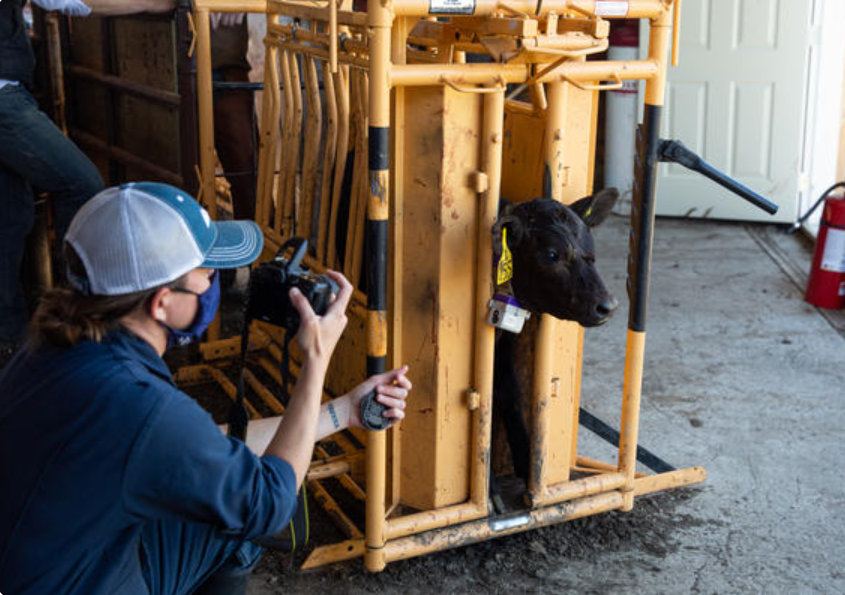What is it?
Preconditioning is a management practice that provides a significant health advantage to young calves. Definitions vary, but it usually includes:
- Keeping the calves for a minimum of 45 days after they’ve been weaned.
- Ensuring the calves are “bunk broke”, or used to eating food out of a bunk, before leaving the ranch.
- Vaccinating the calves while they are in a low-stress environment, which allows their immune system to respond properly and have time to develop the necessary antibodies to fight infections.
- Castrating male calves. This is done to prevent unwanted breeding, reduce the development of aggressive traits, and make the animals safer to handle. It also increases the quality grade, consistency, marbling, and tenderness in the final meat product [1]-[4].
- Dis-budding to prevent horns from growing. Horns make the animal more dangerous to human handlers as well as to other cattle.
- Treating for parasites at least 3 weeks prior to sale.
Challenges
- Preconditioning programs cause added expenses to cow-calf ranchers in terms of time and work commitments, added infrastructure requirements, added risks, and added feed costs.
- Although beneficial to animal health and resiliency, it is difficult to verify that a calf has been preconditioned. The extra expenses that have gone into the calf may not affect its sale price at an open auction. (Auction prices are typically determined by weight.)

How Does it Prevent AMR?
By performing high-stress procedures on calves well before they are weaned and transported away from their home ranch, their bodies have time to adjust, build immunity, and recover well before the high-risk periods of transport, auction, and re-homing at a feedlot.

A calculator developed by the Beef Cattle Research Council to estimate the economic returns from preconditioning programs.
Further Reading
Research Gaps
Product/Service Gaps
References
[1] American Veterinary Medical Association Animal Welfare Division, ‘Literature Review on the Welfare Implications of Castration of Cattle’, American Veterinary Medical Association, Jul. 2014. Accessed: Aug. 18, 2022. [Online]. Available: https://www.avma.org/sites/default/files/resources/castration-cattle-bgnd.pdf
[2] J. E. Kent, M. V. Thrusfield, I. S. Robertson, and V. Molony, ‘Castration of calves: a study of methods used by farmers in the United Kingdom’, Vet. Rec., vol. 138, no. 16, pp. 384–387, Apr. 1996, doi: 10.1136/vr.138.16.384.
[3] A. D. Fisher et al., ‘Effects of surgical or banding castration on stress responses and behaviour of bulls’, Aust. Vet. J., vol. 79, no. 4, pp. 279–284, Apr. 2001, doi: 10.1111/j.1751-0813.2001.tb11981.x.
[4] D. B. Faulkner et al., ‘Performance and health of weanling bulls after butorphanol and xylazine administration at castration’, J. Anim. Sci., vol. 70, no. 10, pp. 2970–2974, Oct. 1992, doi: 10.2527/1992.70102970x.

